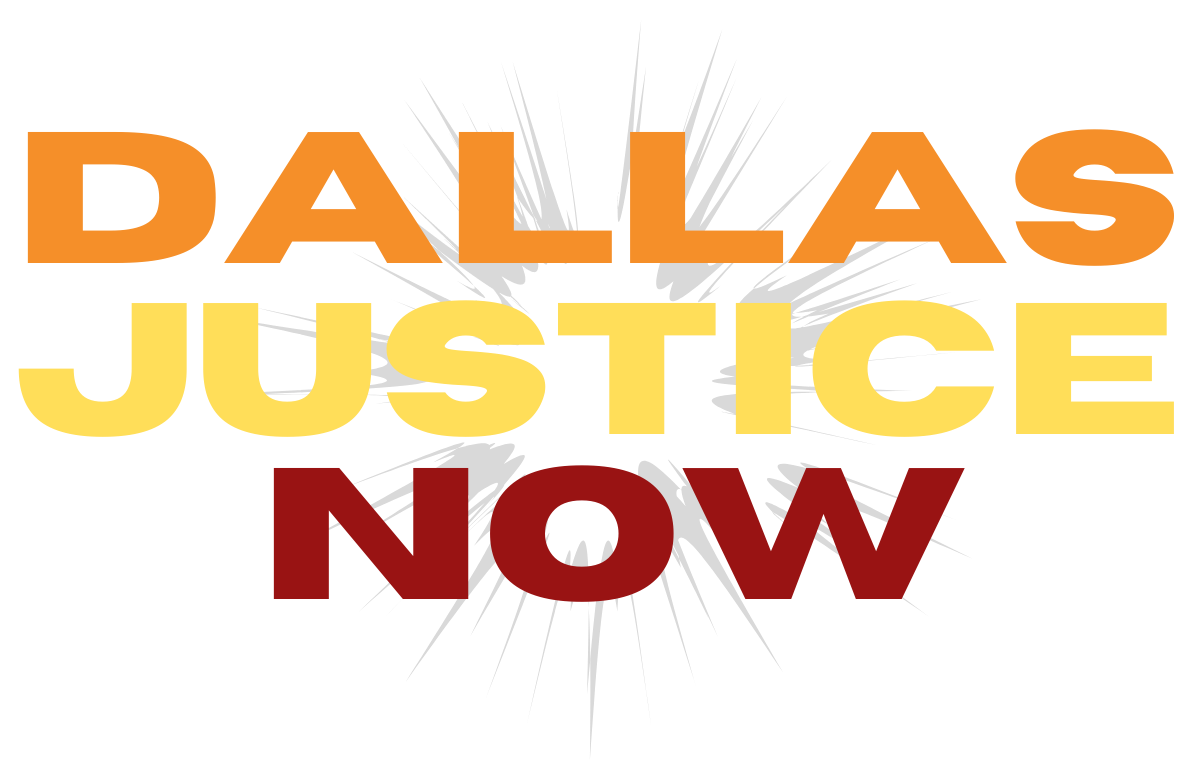Douglass Writing, Travel & Activism
3rd part in our series on ancestor Frederick Douglass:
In 1860, Douglass published the first and most famous of his autobiographies, Narrative of the Life of Frederick Douglass, an American Slave. (He also authored My Bondage and My Freedom and Life and Times of Frederick Douglass).
In it Narrative of the Life of Frederick Douglass, he wrote: “From my earliest recollection, I date the entertainment of a deep conviction that slavery would not always be able to hold me within its foul embrace; and in the darkest hours of my career in slavery, this living word of faith and spirit of hope departed not from me, but remained like ministering angels to cheer me through the gloom.”
He also noted, “Thus is slavery the enemy of both the slave and the slaveholder.”
Later that same year, Douglass would travel to Ireland and Great Britain. At the time, the former country was just entering the early stages of the Irish Potato Famine, or the Great Hunger.
While overseas, he was impressed by the relative freedom he had as a man of color, compared to what he had experienced in the United States. During his time in Ireland, he would meet the Irish nationalist Daniel O’Connell, who would become an inspiration for his later work.
In England, Douglass also delivered what would later be viewed as one of his most famous speeches, the so-called “London Reception Speech.”
In the speech, he said, “What is to be thought of a nation boasting of its liberty, boasting of its humanity, boasting of its Christianity, boasting of its love of justice and purity, and yet having within its own borders three millions of persons denied by law the right of marriage?… I need not lift up the veil by giving you any experience of my own. Every one that can put two ideas together, must see the most fearful results from such a state of things…”
When he returned to the United States in 1847, Douglass began publishing his own abolitionist newsletter, the North Star. He also became involved in the movement for women’s rights.
He was the only African American to attend the Seneca Falls Convention, a gathering of women’s rights activists in New York, in 1848.
He spoke forcefully during the meeting and said, “In this denial of the right to participate in government, not merely the degradation of woman and the perpetuation of a great injustice happens, but the maiming and repudiation of one-half of the moral and intellectual power of the government of the world.”
He would later include coverage of women’s rights issues in the pages of the North Star. The newsletter’s name was changed to Frederick Douglass’ Paper in 1851, and was published until 1860, just before the start of the Civil War.
During the brutal conflict that divided the still-young United States, Douglass continued to speak and worked tirelessly for the end of slavery and the right of newly freed black Americans to vote.
Although he supported President Abraham Lincoln in the early years of the Civil War, Douglass would fall into disagreement with the politician after the Emancipation Proclamation of 1863, which effectively ended the practice of slavery. Douglass was disappointed that Lincoln didn’t use the proclamation to grant ex-slaves the right to vote, particularly after they had fought bravely alongside soldiers for the Union army.
It is said, though, that Douglass and Lincoln later reconciled and, following the latter’s assassination in 1865, and the passage of the 13th amendment, 14th amendment, and 15th amendment to the U.S. Constitution (which, respectively, outlawed slavery, granted free slaves citizenship and equal protection under the law, and protected all citizens from racial discrimination in voting), Douglass was asked to speak at the dedication of the Emancipation Memorial in Washington, D.C.’s Lincoln Park in 1876.
Historians, in fact, suggest that Lincoln’s widow, Mary Todd Lincoln, bequeathed the late-president’s favorite walking stick to Douglass after that speech.
In the post-war Reconstruction era, Douglass served in many official positions in government, including as an ambassador to the Dominican Republic, thereby becoming the first black man to hold high office. He also continued speaking and advocating for African American and women’s rights.
In the 1868 presidential election, he supported the candidacy of former Union general Ulysses S. Grant, who promised to take a hard line against white supremacist-led insurgencies in the post-war South. Grant notably also oversaw passage of the Civil Rights Act of 1871, which was designed to suppress the growing Ku Klux Klan movement.
In 1877, Douglass met with Thomas Auld, the man who once “owned” him, and the two reportedly reconciled.
Douglass’ wife Anna died in 1882, and he married white activist Helen Pitts in 1884.
In 1888, he became the first African American to receive a vote for President of the United States, during the Republican National Convention. Ultimately, though, Benjamin Harrison received the party nomination.
Douglass remained an active speaker, writer and activist until his death in 1895. He died after suffering a heart attack on his way home from a meeting of the National Council of Women, a women’s rights group still in its infancy at the time, in Washington, D.C.
His life’s work still serves as an inspiration to those who seek equality and a more just society.
(https://www.history.com/topics/black-history/frederick-douglass)
